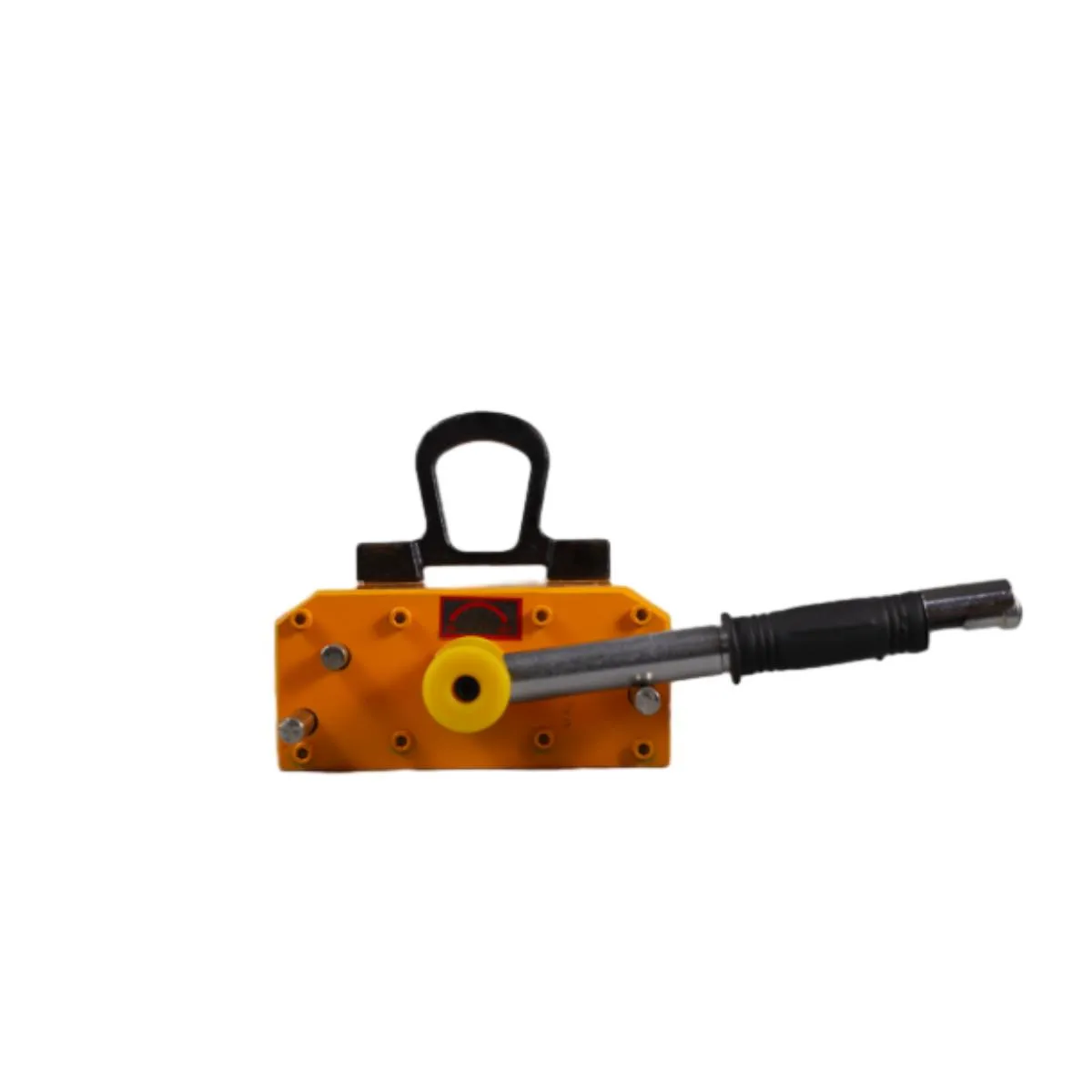Industrial Lift Magnets for Heavy Load Handling and Material Movement Solutions
The Role of Industrial Magnets in Lifting Applications
In the realm of manufacturing and logistics, the efficiency of material handling is crucial to operational success. Industrial magnets have emerged as a powerful solution for lifting heavy objects safely and efficiently, revolutionizing the way industries approach cargo handling and transportation. This article explores the various applications, types, and advantages of industrial magnets in lifting scenarios.
Understanding Industrial Magnets
Industrial magnets are powerful magnetic devices used to lift and move ferromagnetic materials. They come in various shapes and sizes, tailored to specific applications across different industries, including construction, manufacturing, and warehousing. The most common types are permanent magnets, electromagnets, and magnetic lifters, each having unique characteristics and use cases.
- Permanent Magnets These magnets maintain a consistent magnetic field without needing an external power source. Ideal for steady, continuous lifting operations, they are often used in factories and workshops where heavy metal components are frequently handled.
- Electromagnets Utilizing electricity to generate a magnetic field, electromagnets can be turned on and off, allowing for greater control. They are particularly beneficial in scenarios where materials need to be released or controlled with precision. Common applications include scrap metal handling and steel mills.
- Magnetic Lifters These devices combine the strengths of permanent magnets with a manual or electric release mechanism, providing both ease of use and safety. They are particularly useful in situations where quick attachment and detachment are necessary.
Applications of Industrial Magnets in Lifting
The applications of industrial magnets span various sectors, demonstrating their versatility. Here are a few significant uses
1. Heavy Machinery Handling Industries involved in heavy machinery manufacturing often rely on industrial magnets to lift components like engines, gearboxes, and other large steel parts. The strength of the magnets allows for safe handling without the risk of dropping or damaging expensive equipment.
2. Material Movement in Warehouses In warehouse settings, magnets streamline operations by allowing for quick and efficient movement of ferrous materials. This includes moving metal sheets, pipes, and blocks, significantly reducing the risk of workplace injuries compared to traditional lifting methods.
industrial magnets for lifting

3. Scrap Metal Recycling The recycling industry benefits immensely from electromagnetic lifting tools, which can easily pick up and sort scrap metal. This not only speeds up the recycling process but also enhances safety by minimizing the need for manual handling of heavy or sharp materials.
4. Construction Sites On construction sites where heavy steel beams and plates are common, industrial magnets help in the safe and efficient placement of these materials. Their ability to lift objects quickly reduces downtime and helps maintain project timelines.
Advantages of Using Industrial Magnets for Lifting
The adoption of industrial magnets for lifting offers several advantages that contribute to operational efficiency and safety
- Enhanced Safety Industrial magnets provide a secure grip on heavy loads, reducing the risk of accidents related to dropped items. This is especially important in environments where worker safety is a paramount concern.
- Increased Efficiency By automating the lifting process, industrial magnets can help reduce labor costs and save time. Workers can focus on other tasks while magnets handle heavy lifting, thereby increasing overall productivity.
- Versatility The ability to lift a variety of shapes and sizes makes industrial magnets incredibly versatile. Their applicability across different sectors ensures that they are a valuable asset to any operation dealing with ferromagnetic materials.
- Cost-Effective While the initial investment in industrial magnets may seem significant, the long-term savings on labor, reduced downtime, and enhanced safety make them a cost-effective solution in the long run.
Conclusion
Industrial magnets play a pivotal role in modern lifting operations across various sectors. Their strength, efficiency, and safety features make them indispensable tools in the world of material handling. As industries continue to seek ways to enhance productivity and worker safety, the importance of industrial magnets in lifting applications is sure to grow. By embracing this technology, businesses can streamline operations, reduce costs, and create safer working environments, making industrial magnets a vital investment for the future.
-
Unlock Seamless Relocation with Our Heavy Equipment Moving ExpertiseNewsJun.06,2025
-
Unleash Unrivaled Flexibility with Our Adjustable Gantry CraneNewsJun.06,2025
-
Unleash Heavy-Duty Efficiency with Our Industrial Gantry Crane SolutionsNewsJun.06,2025
-
Revolutionize Steel Handling with Our Magnetic Lifter RangeNewsJun.06,2025
-
Master Equipment Mobility with Premium Machinery Mover SolutionsNewsJun.06,2025
-
Elevate Your Material Handling with Magnetic Lifter TechnologyNewsJun.06,2025
-
YS Permanent Lifting Magnets: The Smarter Way to Handle SteelNewsMay.22,2025
